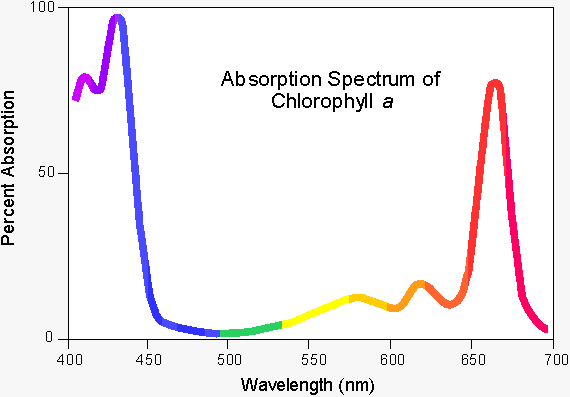Plants are exceptional sunlight sponges. But they store only about 1% of the energy they soak up, locking it into the sugars and other organic molecules they use to build their cells. Scientists have boosted that number by a few percentage points with light-absorbing microbes and genetic engineering. But now, researchers have taken a more sizable jump with solar panels, creating a hybrid device that uses a combination of catalysts and microbes to convert 10% of the captured solar energy into liquid fuels and other commodity chemicals.
I’m a big fan of the work,” says Chris Chang, a chemical biologist and solar fuels expert at the University of California, Berkeley, who was not involved in the study. “It provides a really nice demonstration that you can get high efficiency , which is a key step.”
The new fuels could also solve another crucial problem: renewable energy storage. As solar and wind power grow in use, researchers have begun looking for ways to store the excess energy such systems produce. Batteries are too expensive for storing more than nominal amounts. But energy-rich chemicals, which can be piped around and kept in chemical tanks, could store much more at a manageable price.
The new work got its start in 2011, when researchers led by Dan Nocera, a chemist at Harvard University, created an artificial leaf that used energy from sunlight to split water into oxygen and hydrogen gas (H2). H2 can then be run through a device called a fuel cell to produce electricity. But because its energy density is so low—thanks to its vapor state—any fuel produced requires massive storage tanks or high pressures to compress it into smaller, more manageable volumes.
